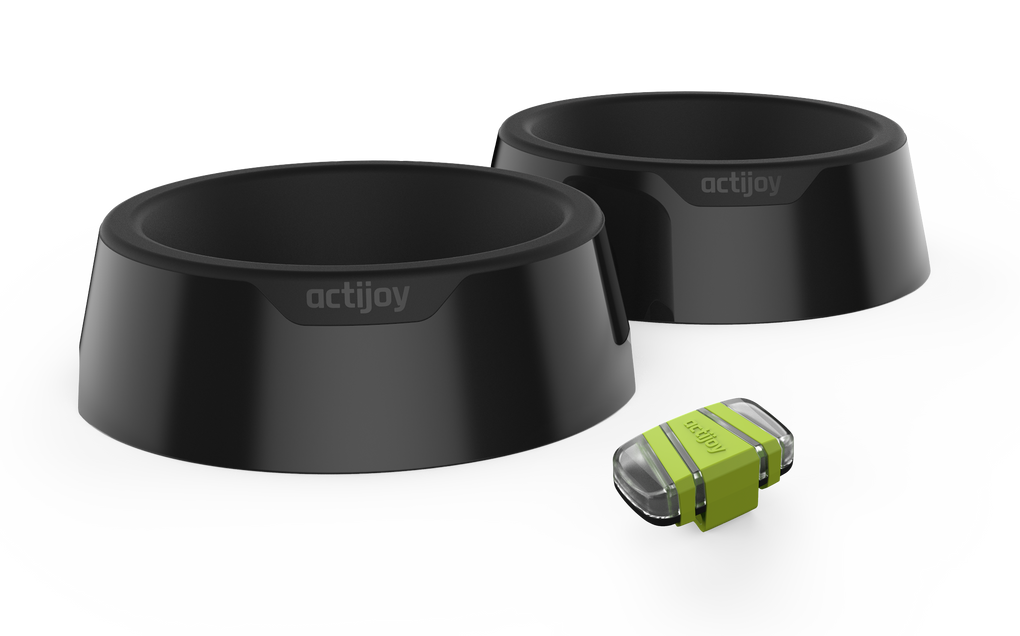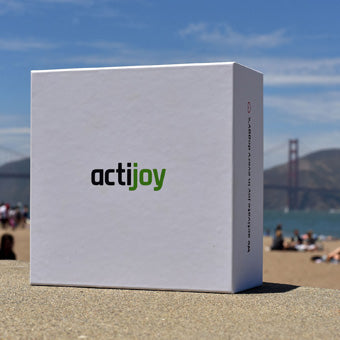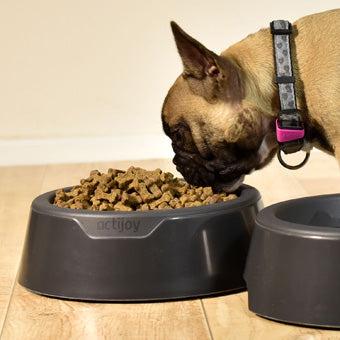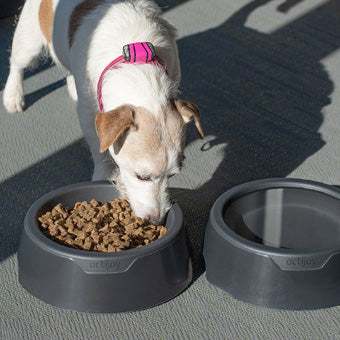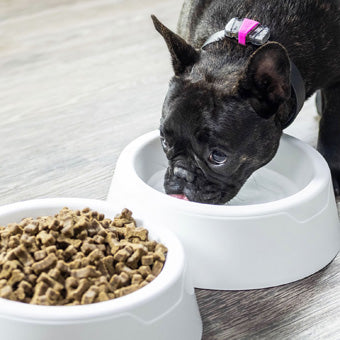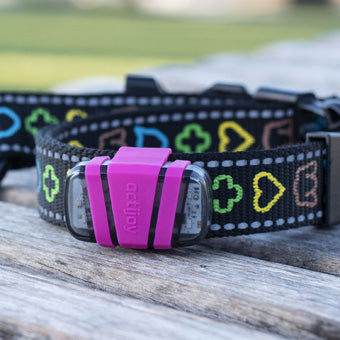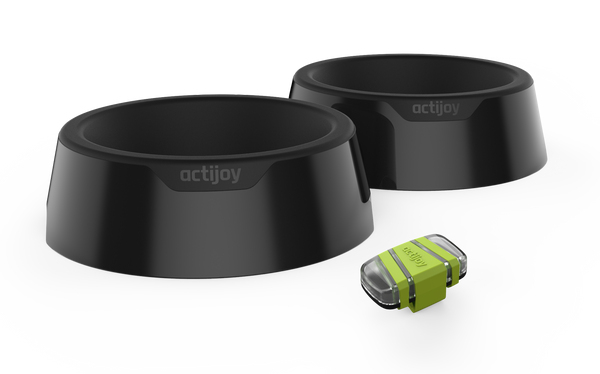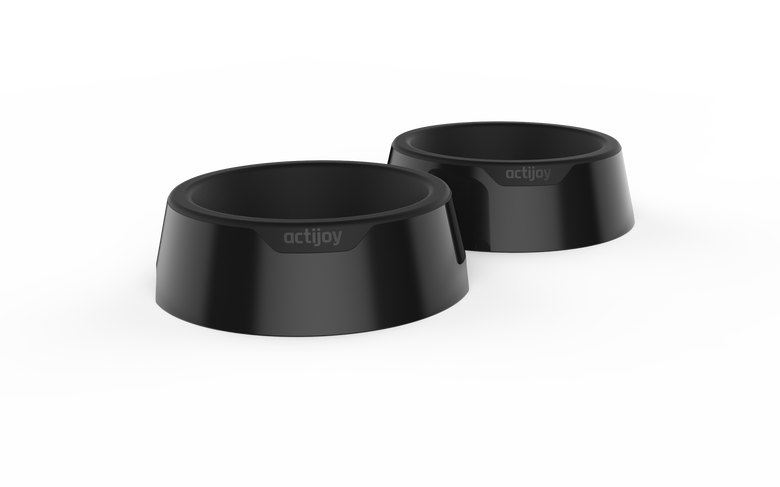Nutrition Plan: A Better Diet for You and Your Dog
Exercise goes a long way when it comes to improving your (and your dog’s) health, but it is only half of the equation.
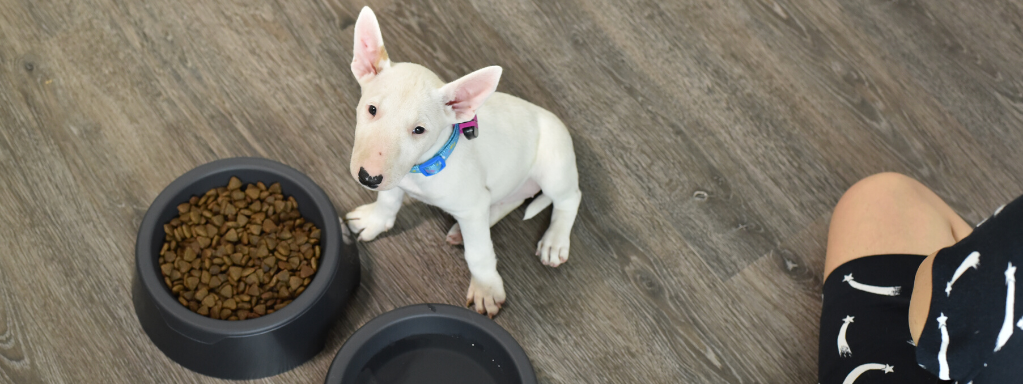
In this installment of the getting-fit-with-your-pet series, finding a better diet for you and your dog will be discussed.
High-Quality Ingredients
When creating a meal plan, finding food with the highest quality ingredients possible is crucial. For your dog, that means avoiding foods with names such as “meal” or “by-product.” The first ingredient on your pet’s food label should be a high-quality source of protein. As an example, “de-boned chicken” is a better option for your pet than “chicken by-product.” The difference is that the former contains wholesome chicken meat, while by-products can contain less nutritive parts of the animal such as beaks, legs, and even feathers.
The same goes for your own diet. For instance, a lean sirloin steak will have more nutrients than ground beef, which will be healthier than a hot dog.
Portion Control

An alarming number of dogs and humans are overweight, which has much to do with portion control. Read the label on your dog’s food and make sure you are feeding your pet appropriately. In general, higher-quality foods require smaller portion sizes, and the same is true for human foods as well. Controlling your dog’s caloric intake is one of the most efficient ways to ensure your pet is healthy.
Healthy Swaps
If your dog eats proper portion sizes but is still overweight, the culprit could be dog treats. Replace calorie-laden treats with healthy alternatives, such as cooked carrots or raw apple slices. Make the same changes within your own diet. Instead of a sugary “energy” bar after lunch, replace that diet-sabotaging snack with an apple and almond butter or hummus and pita instead.
Hydrate Hydrate Hydrate

Finally, both dogs and humans often struggle to stay hydrated. For dogs, dry kibble is often a contributing factor. For humans, caffeine, soda, salty foods, and a general distaste for water are often to blame. If your dog does not drink enough (dark urine with a strong odor is a telltale sign), add a small amount of low-sodium chicken broth to your pet’s water dish. You should always pay attention to your pup’s water intake, as it can show you a lot about their health. Both increased and decreased water intake is the sign you should not avoid and consult with your veterinarian. Are you aware of how much water should your dog drink? To encourage yourself to stay hydrated, carry a water bottle with you everywhere you go and drink one glass of water for every diuretic (i.e. wine, beer, coffee, soda, etc.) that you consume.
Are you curious about our next blog series? Subscribe to our newsletter never miss a post! Check also more information about dog Nutrition!


